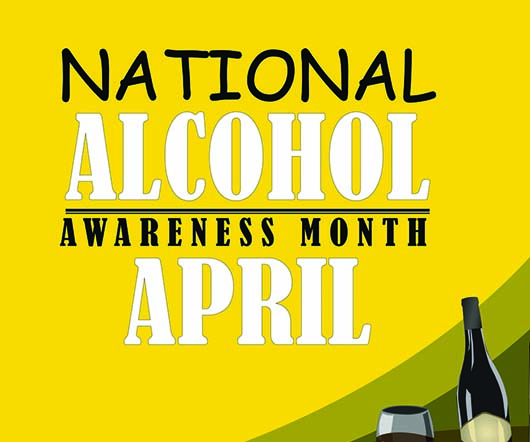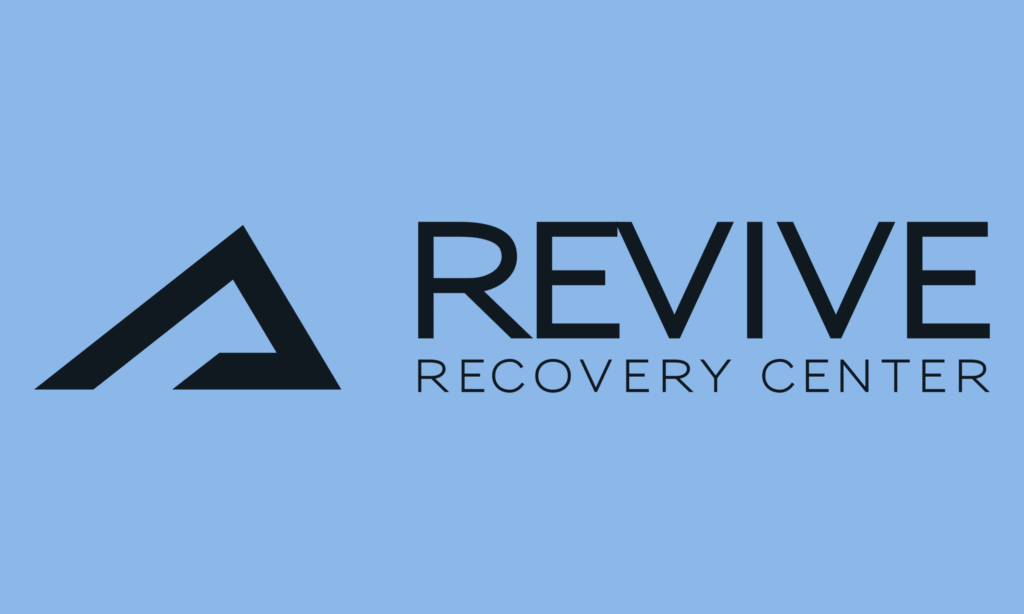by Michael Rass Women can respond to substances differently. For example, they may have more drug cravings and may be more likely to relapse after treatment. It follows that girls...
by Michael Rass
Women can respond to substances differently. For example, they may have more drug cravings and may be more likely to relapse after treatment. It follows that girls and women have different needs when it comes to substance abuse treatment.
Linda Dahl found that out the hard way. She is a recovering alcoholic but also the mother of a young woman with addiction issues. Dahl found it difficult to find the right treatment for her child, so she did some research and then wrote a book about it.
The result is Loving Our Addicted Daughters Back to Life which guides the reader through the complex process of identifying, coming to terms with, negotiating, and effectively finding help for young women with addiction problems.
 She writes “a woman will tend to get drunk or high faster, stay drunk or high longer, and get sick faster than a man her size.” Female addicts, Dahl notes, are “particularly prone to guilt and shame, and may require longer treatment plans than males.”
She writes “a woman will tend to get drunk or high faster, stay drunk or high longer, and get sick faster than a man her size.” Female addicts, Dahl notes, are “particularly prone to guilt and shame, and may require longer treatment plans than males.”“Women’s bodies contain proportionally more fat than water than men’s,” explains Dahl. “Because of that, when a female ingests a drug (any drug, including alcohol), it takes longer to dissolve in the system, thereby promoting more negative side effects.”
And they are getting hit hard by the current opioid epidemic. “Girls are more likely than boys to intentionally abuse prescription drugs to get high, girls and young women are the fastest growing group of addicts in the country.”
Why parents are caught by surprise
“In a recent survey of parents of 12-24 year-olds, 80 percent said they knew their kids would not use drugs, but they’d know how to read the signs if they did,” Dahl told me. “Yet these parents were only able to identify 2 of 38 indicators of possible drug use.”
“Not my child. That would never happen to my child!” Dahl wanted to believe that, too. “As an addict myself in long-time recovery — my drug of choice was alcohol, I knew more than most about the disease of addiction. But not when it came to my child. I was as sideswiped, blindsided, befuddled and distracted by all the fallout addiction causes as anybody else.”
“It’s not at all uncommon for parents to have a false sense of confidence or of good “detective” skills when it comes to their own children,” says Decision Point’s Bradley Callow. “There is such an internal drive to see only the best in their kids, which often results in blind spots regarding the warning signs of drug use.”
The majority of new illicit drug users are now girls and young women. A major driving force for this is depression, says Dahl. “From about the age of 14, that is, the onset of puberty, a fair number of girls and boys become depressed – one key risk factor for risky drug use. But girls become depressed at almost three times the rate of boys, and this elevated rate remains throughout their lives.”
“Although more girls are depressed than boys and therefore at risk of turning to drugs to self-medicate, only about one-third of them get professional help, and fewer get tested or treated for the drug use that can accompany depression.”
This is partly because girls using drugs are less likely than boys to take risks that get parents’ or cops’ attention like speeding and fighting, so they more often remain under the radar — at least for awhile.
They are more adept at hiding their use and then they require different treatment. “Separating the genders remains important in early recovery,” says Dahl. “Girls and women are extremely reluctant to talk about the shame and often trauma they experienced in addiction around men. They need to learn to trust again, because relationships are especially key to a woman’s healthy sense of self and resiliency.”
At Decision Point women have the opportunity to explore sensitive issues in female only intensive groups. Psychiatrist Irving Yalom identified eleven therapeutic factors that make this kind of group work effective. Some include universality which is the feeling that one is not alone in their struggles, that others have experienced problems similar to theirs.
Instillation of hope is another powerful therapeutic factor in which members of a group support each other in moving from hopelessness to hopefulness. Group work also offers the opportunity for women to learn about themselves through their interaction with others in the group which is the factor Yalom called interpersonal learning. Altruism, catharsis, and the corrective recapitulation of family of origin are a few more examples of Yalom’s factors.
Early detection and intervention has the highest chance of a positive outcome when dealing with the challenges of substance use. That’s why Decision Point offers a stand alone two-week residential assessment, evaluation, and therapeutic intervention. “We want to offer a solution to young people early in their struggles related to substance use,” says Callow.
For more information on Decision Point call 877-772-3648 and visit www.decisionpointcenter.com.


























